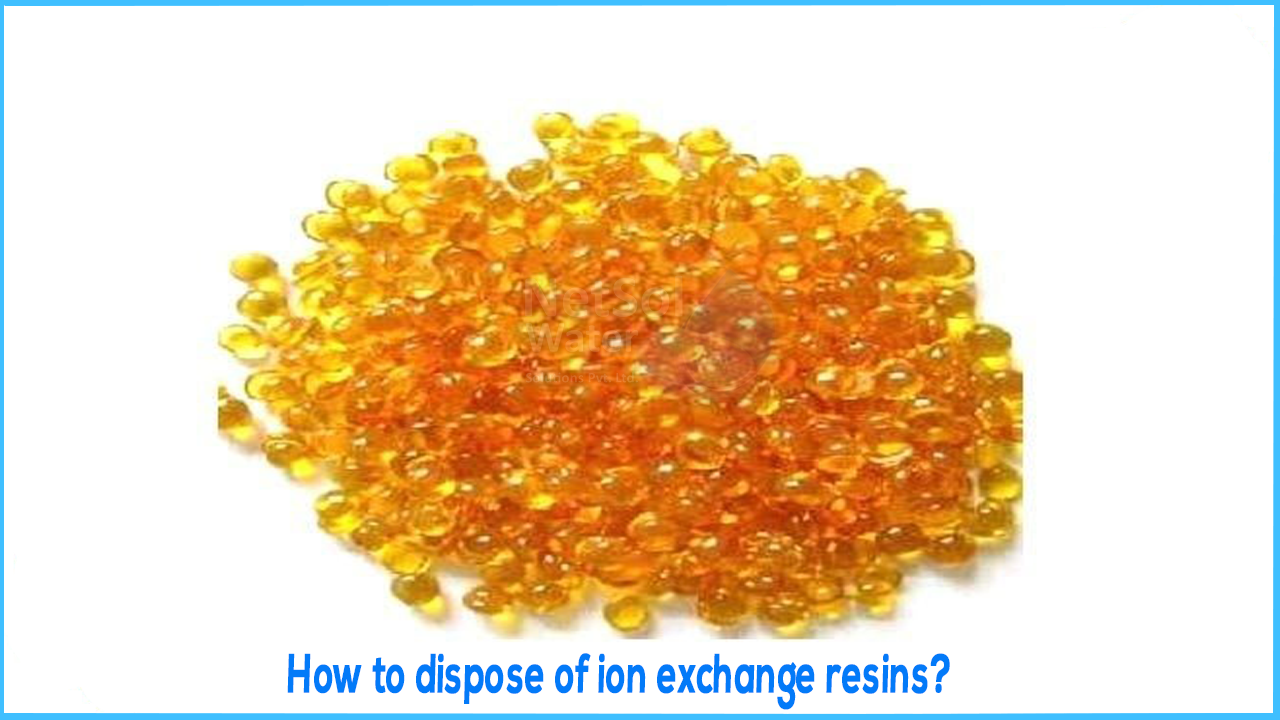When used correctly inside a water treatment framework, ION Exchange (IX) delivers intelligent and effective partition, with frameworks generally functioning for a long period without substantial upkeep expenditures. However, keep in mind that IX tars degrade over time and should be replaced on a periodic basis to maintain framework execution.
ION Exchange Resin (IX) is an unbelievably flexible innovation regularly used in modern water treatment and specific partition.
AT WHAT TIME, ION EXCHANGE RESIN SHOULD BE DISPOSED OFF?
In most applications, an IX gum will last 4-10 years before framework economical considerations allow for replacement. The help life of a gum is determined by a variety of factors, including the cosmetics of the stream to be dealt with, the type of IX interaction and pitch used, how frequently recovery cycles are required, the water powered heap of the tar, and whether or not any unusual interaction conditions exist. IX pitches deteriorate slowly with usage, making it difficult to determine when they should be replaced.
Gums should be disposed of when the yield quality or loss in limit supports the re-sheet material expenditures, which may be considerable, as they integrate the expulsion and removal of old tar, as well as the purchase and setup of new gum. They take into account the amount of tar lost during discharge cycles, an IX limit deficit of 10% or more, and inadequate quality in the treated stream.
METHODS FOR DISPOSING OFF ION EXCHANGE RESINS
- 1. Liquid Content: When in dynamic use, IX saps have critical water content. At the point when re-sheet material an IX framework, care ought to be taken to deplete away however much fluid as could reasonably be expected to keep away from abundance removal costs.
- 2. Resin Contamination: While most unused saps are unsafe, they can be polluted by openness to different materials in measure streams. On the off chance that the pitch has been presented to any risky materials, like substantial metals, then, at that point, it will either should be treated as a dangerous waste, or the harmful materials should be stripped out of the tar material preceding removal.
- 3. Resin Composition: It is basic to really look at the Material Safety Data Sheets (MSDS) of the depleted gum to confirm whether the actual gum requests a specific removal contemplation.
- 4. Volume of the resins and void spaces:Contingent on the sort of tar and bed type, there might be pretty much void space between gum globules. Also, care ought to be taken to limit the size and number of holders used to move the spent sap, and overabundance volume can drive removal costs up.
HOW CAN ION RESINS DISPOSAL BE COST EFFECTIVE?
The best way to minimize disposal costs is to minimize the volume and frequency of exhausted resin generated by the process
- 1. ADDING NEW RESIN MATERIAL:In some cases, it is possible to simply top-off an IX resin bed instead of doing a full resin replacement. Doing so will bolster system performance without the steep costs associated with disposal and replacement of a large volume of resin.
- 2. OPTIMIZING IX RESIN SERVICE LIFE:Since IX resins are costly to replace, it sometimes pays to conduct an analysis of the resin and of general system performance. Doing so will help to uncover any underlying causes for premature resin degradation or other inefficiencies, and can point you toward pre-treatment or system optimization strategies that will prolong the IX resin life.



